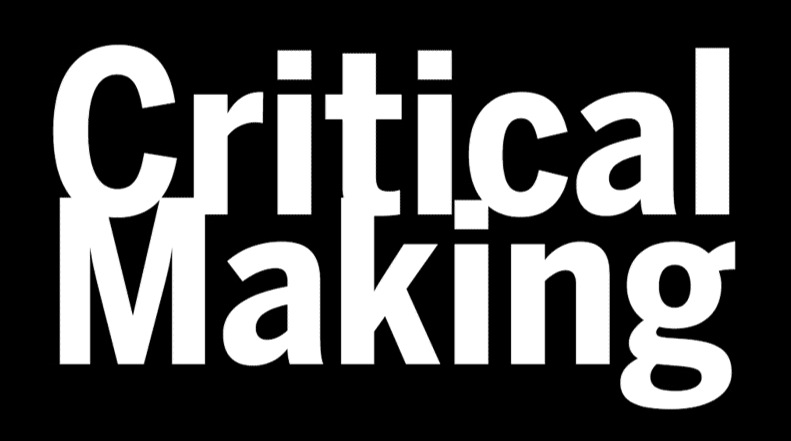The emerging field of “critical making” is one way to frame a more nuanced approach to Latour’s conundrum. For Matt Ratto, critical making “signals a desire to theoretically and pragmatically connect two modes of engagement with the world that are often held separate — critical thinking, typically understood as conceptually and linguistically based, and physical ‘making,’ goal-based material work.” Garnet Hertz sees critical making “supplement[ing] and extend[ing] critical reflection on technology and society.” Critical making responds not only to the digital utopianism of recent years, but but also what McKenzie Wark has recently identified as a tendency amongst humanist scholars to simply replace technological determinism with social determinism. Cases like Latour’s show that humanist scholars are all too quick to ignore social determinism while leveling charges of technological determinism against certain authors. I’d like to suggest that this tendency is due to having relatively more familiarity with concepts and texts to the detriment of gadgets, code, and objects.
